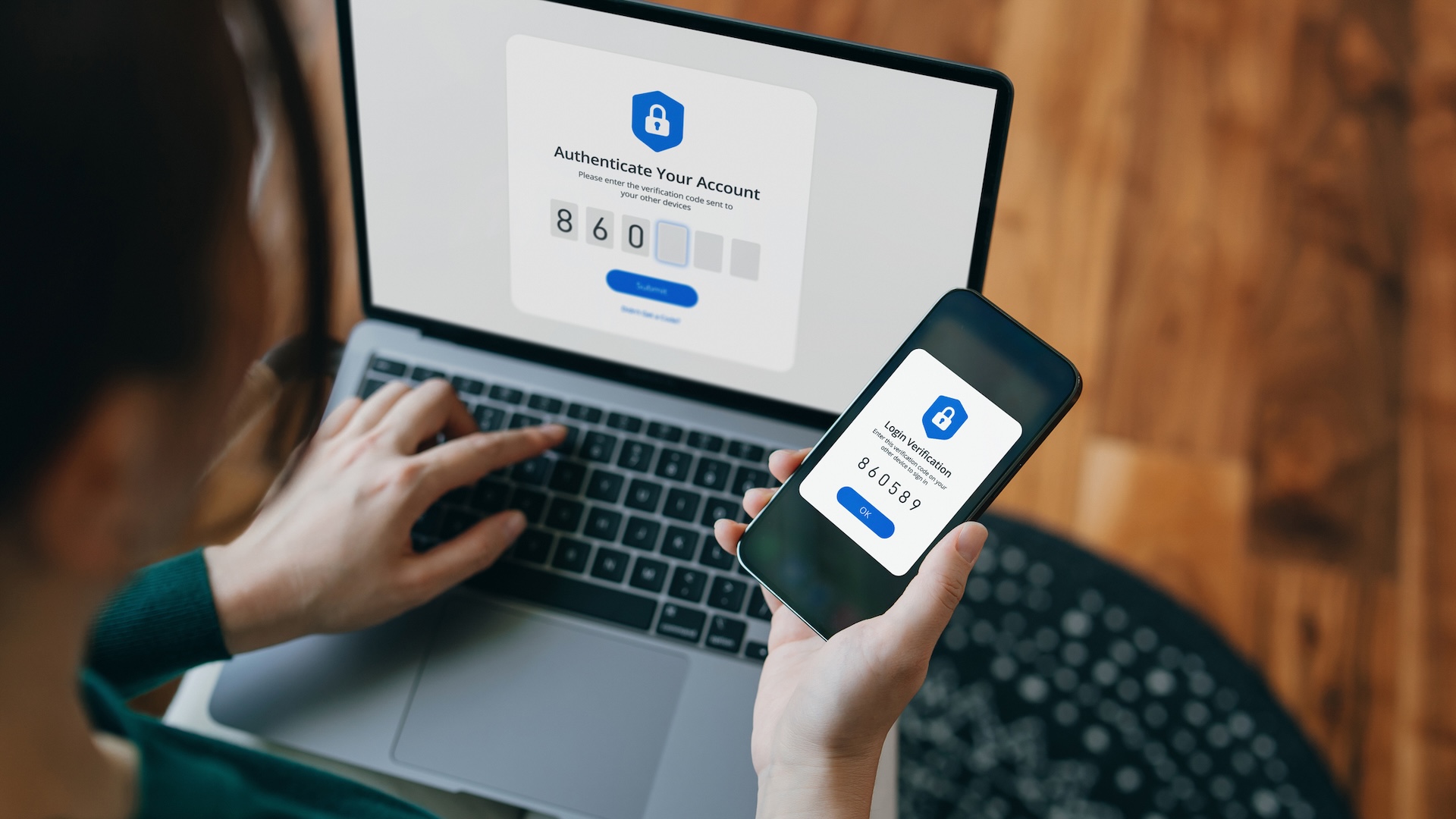Starbucks CEO Brian Niccol’s turnaround efforts showed signs of progress even as the coffee giant missed estimates for quarterly global comparable sales and profit as inflation and economic uncertainty hit demand in the US.
Total same-store sales declined 1% in the second quarter, compared with analysts’ average estimate of a 0.26% fall, according to data compiled by LSEG. Comparable sales had declined 4% in the preceding three-month period.
Investors have placed their bets on Niccol’s strategy to revive demand for the struggling brand in the US by reinstating a coffee-house atmosphere at its stores and reducing production and service times.
“Our financial results don’t yet reflect our progress, but we have real momentum with our ‘Back to Starbucks’ plan. We’re testing and learning at speed and we’re seeing changes in our coffeehouses,” CEO Brian Niccol said in a statement.
Niccol said that Starbucks was improving speed-of-service with the right staffing and deployment, adding that its refreshed marketing was resonating with customers.
However, the efforts face an increasingly cautious consumer dealing with the fallout of President Trump’s erratic trade policy.
North America same-store sales fell 1% for the quarter ended March 30, compared with estimates of a 0.24% drop.
Peers have also indicated that restaurant visits and spending weakened in the U.S. in February and March as consumer sentiment took a hit.
Starbucks’ shares were nearly flat in extended trading. The stock, which had surged in the months following Niccol’s appointment as CEO, is down about 7% so far this year.
Meanwhile, the company saw some improvement in its international segment, with sales in second largest market China coming in flat after four straight quarters of decline.
International comparable sales rose 2%, compared with estimates of a 1.13% drop.
Gross margin fell 590 basis points in the quarter and the company reported adjusted earnings per share of 41 cents, compared with estimates of 49 cents.
Starbucks is cutting down on promotions and discounts, and relying less on its loyalty program to reach consumers and instead investing in broader marketing.
Average ticket, or the amount spent by customers per visit, was up 3% in the reported quarter.














